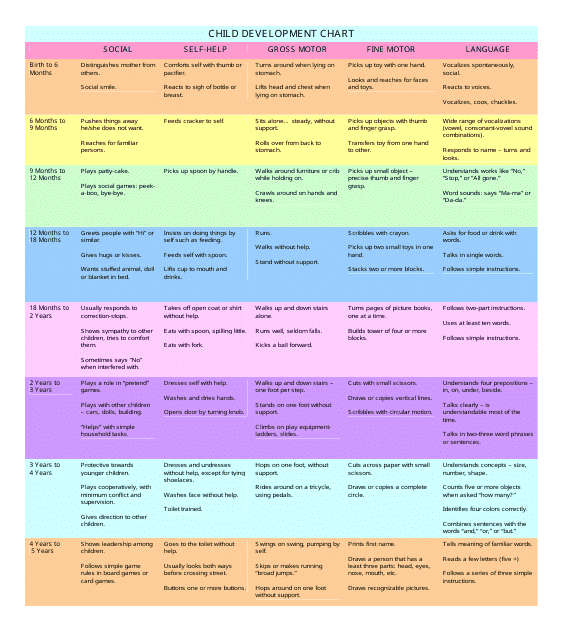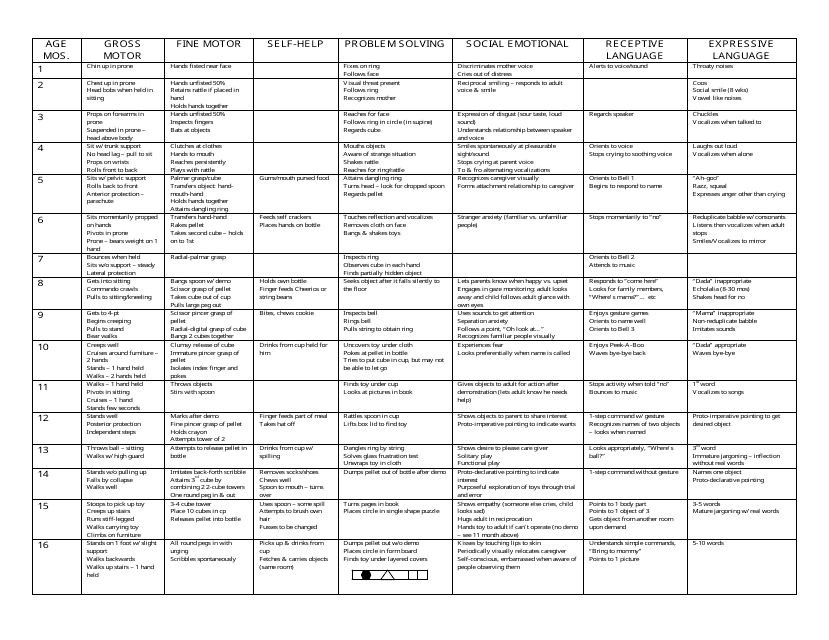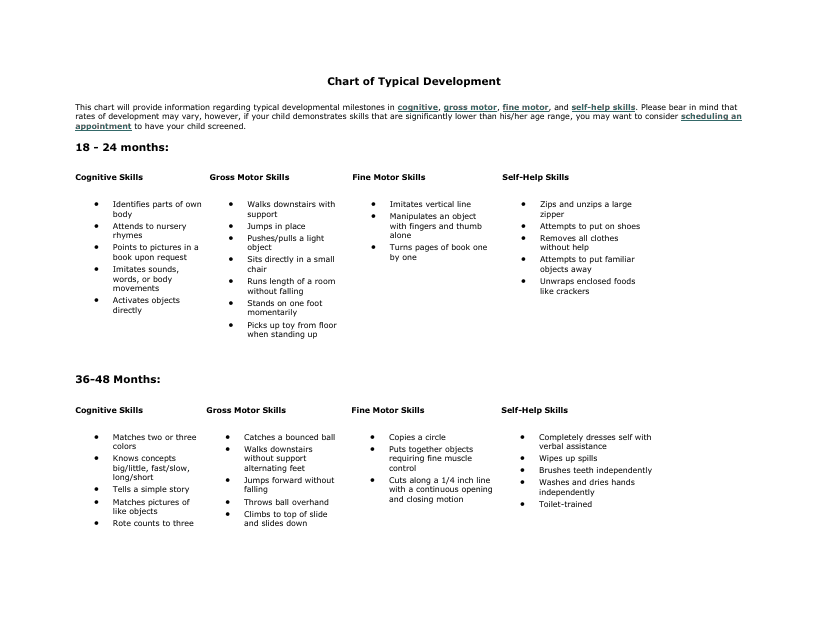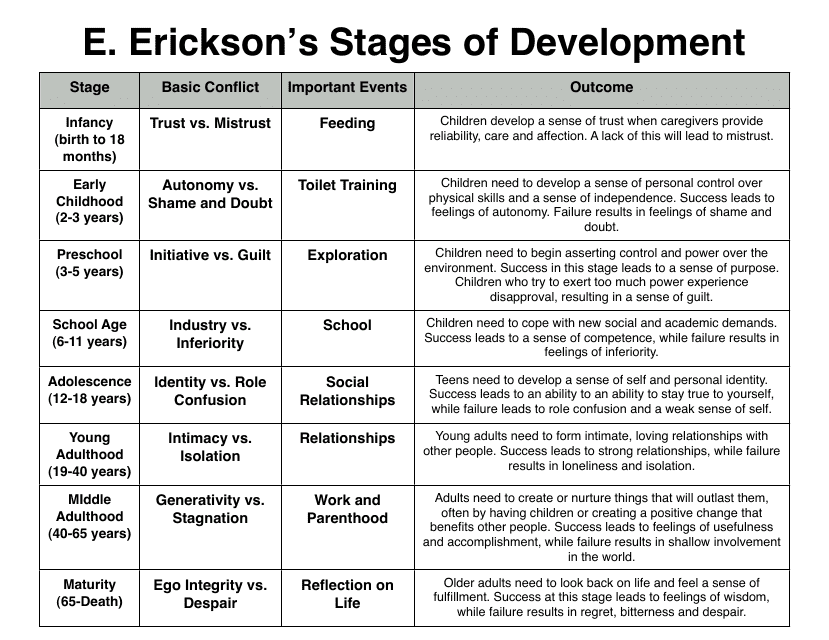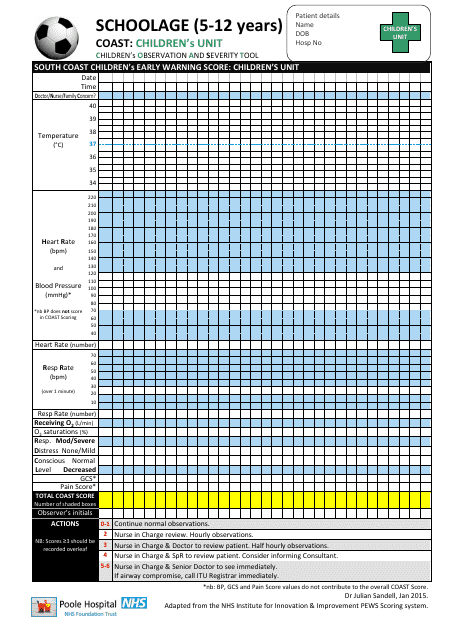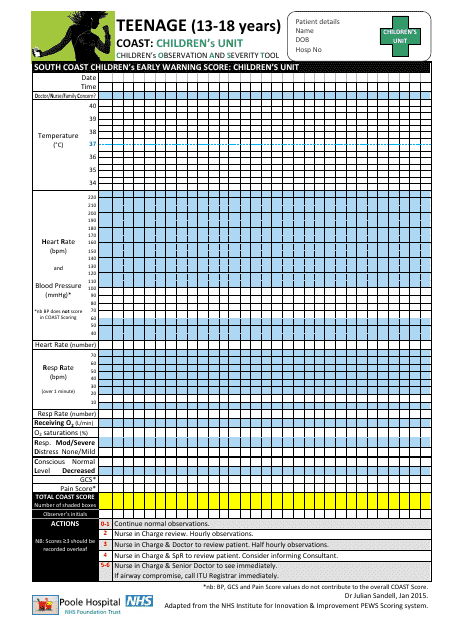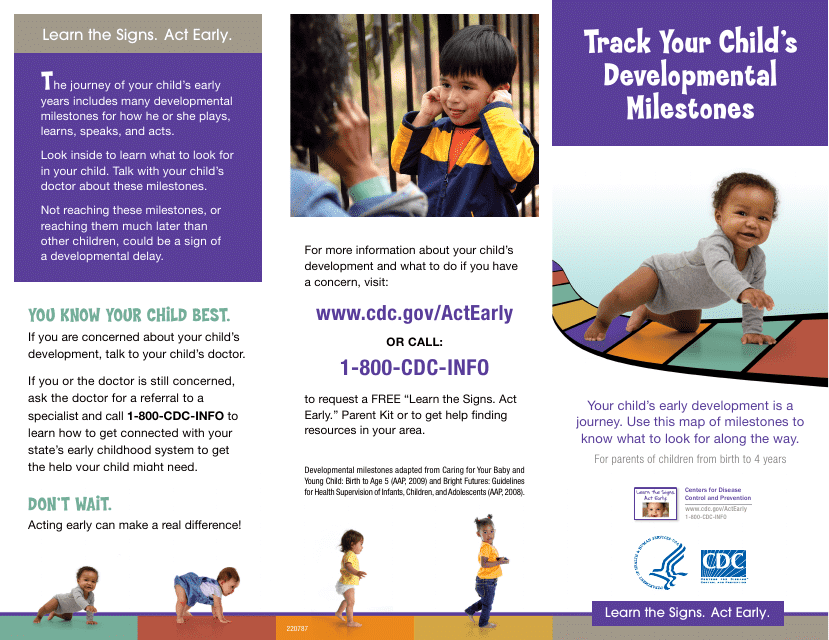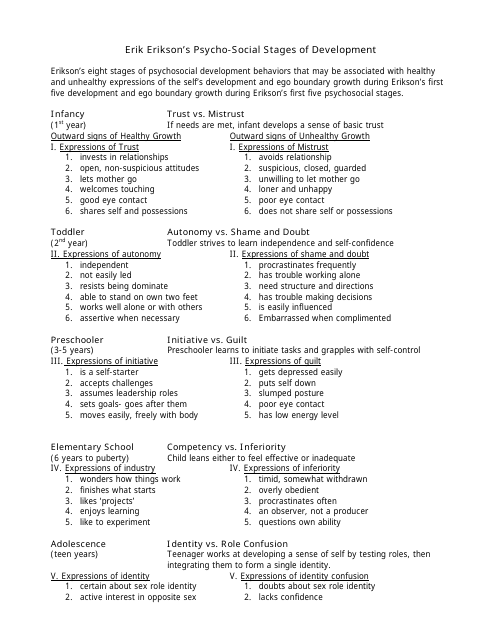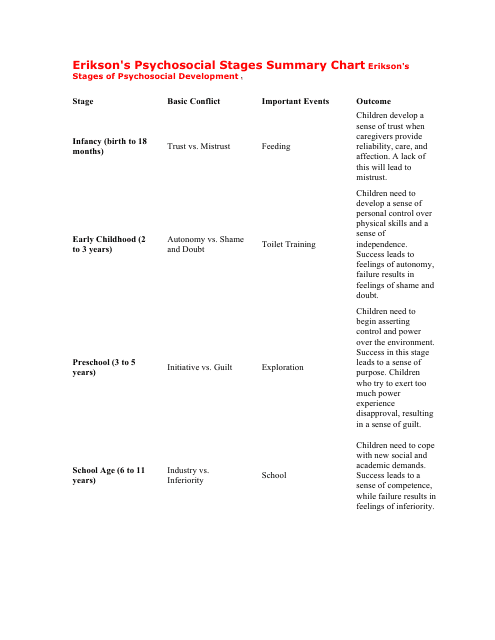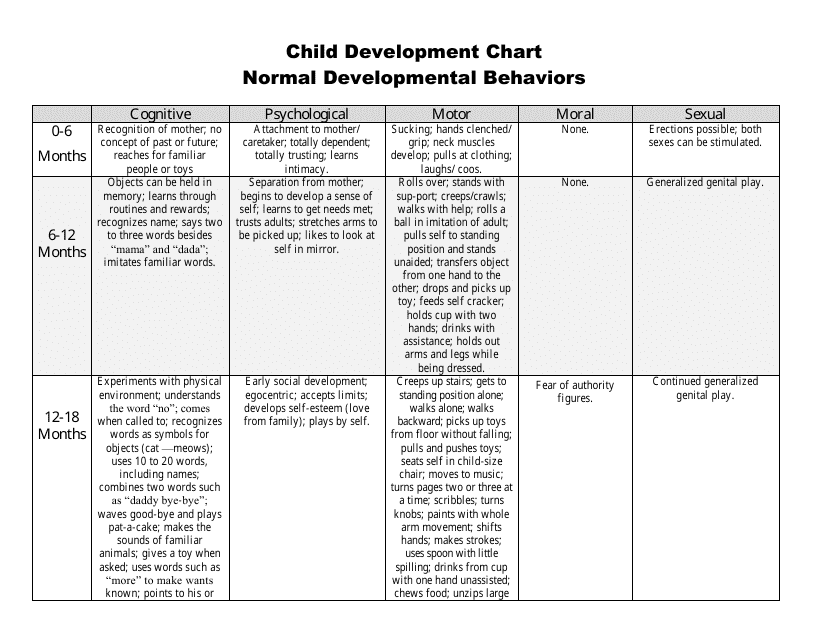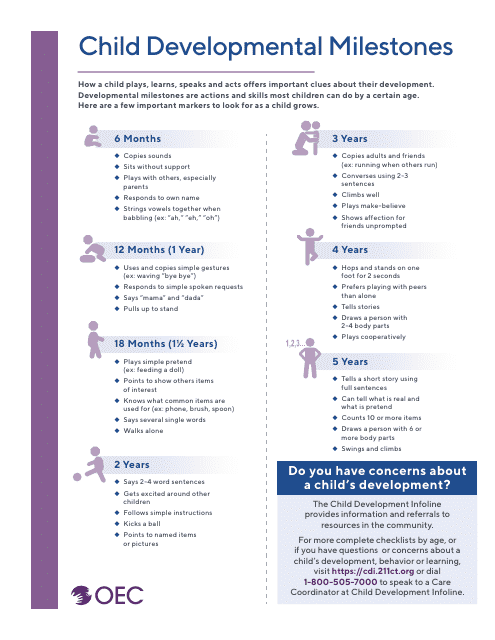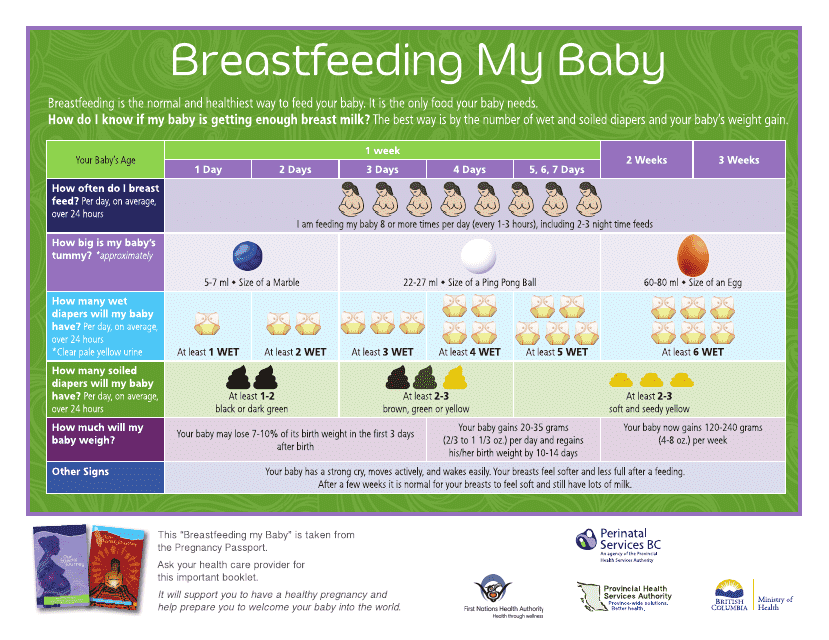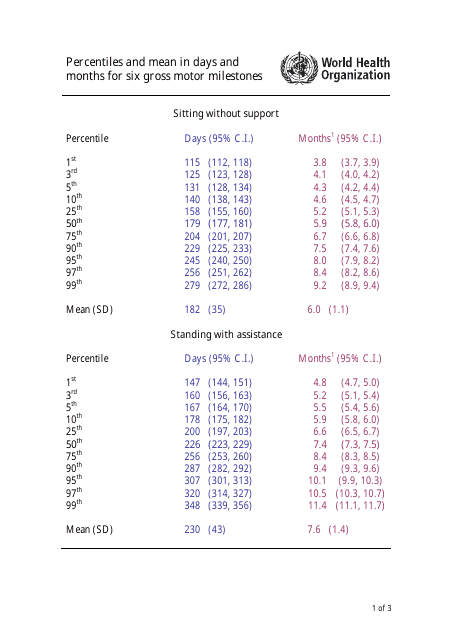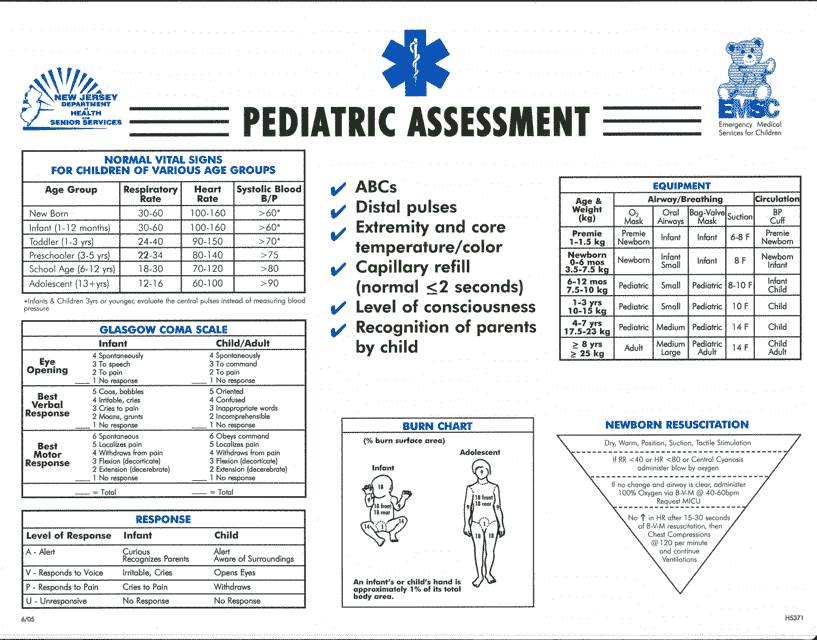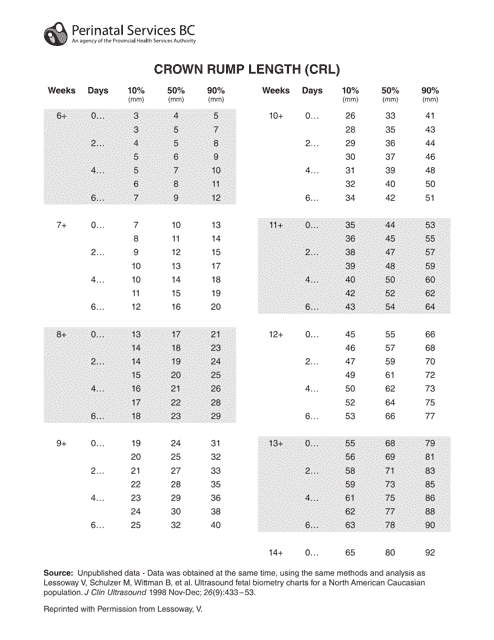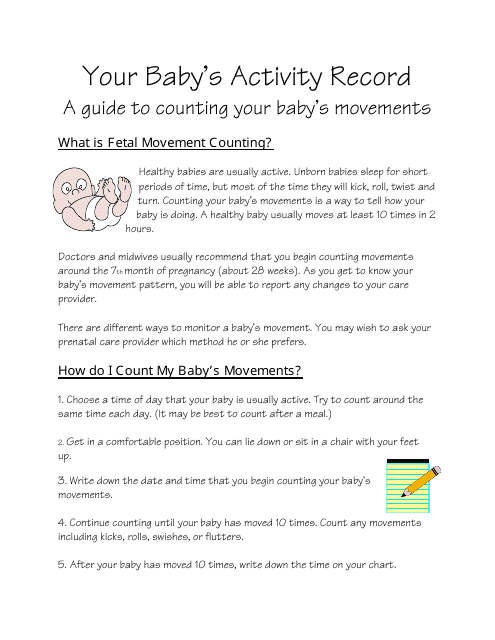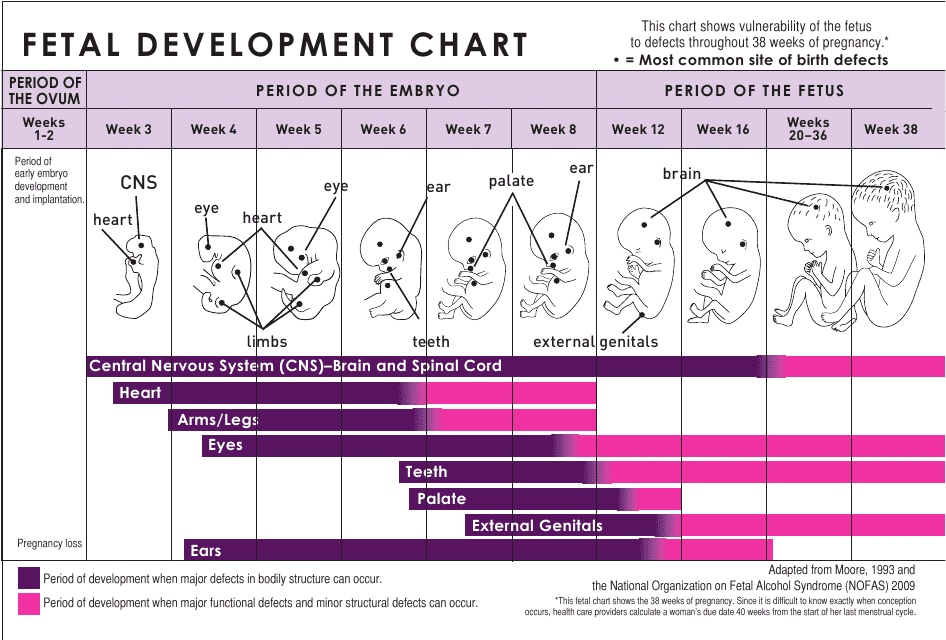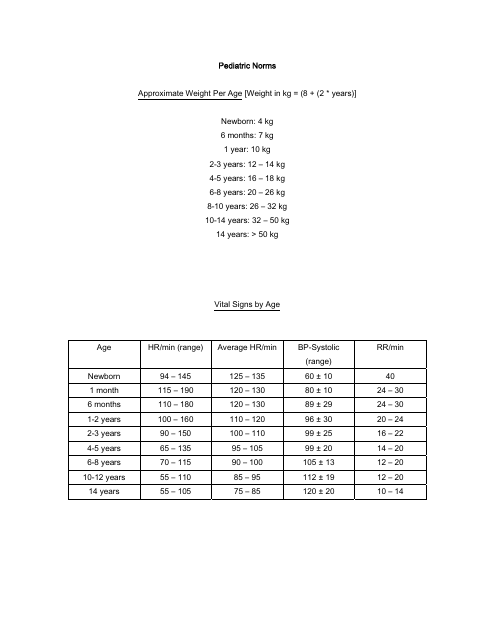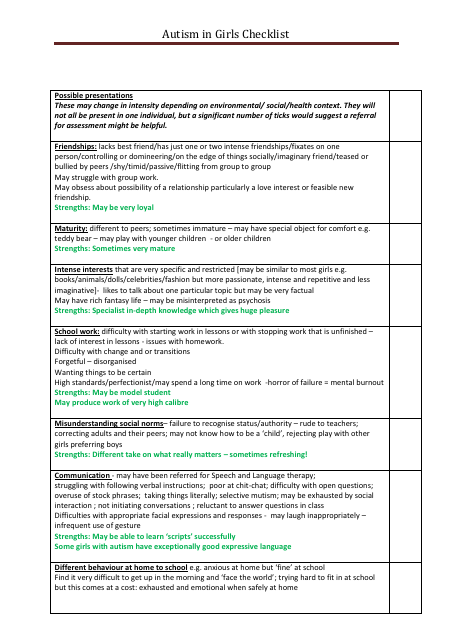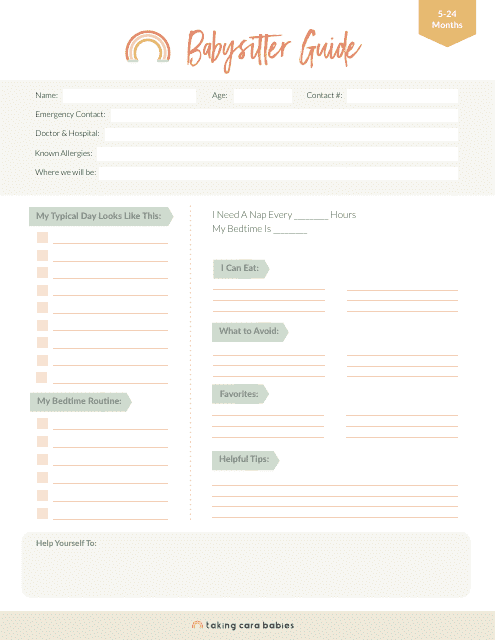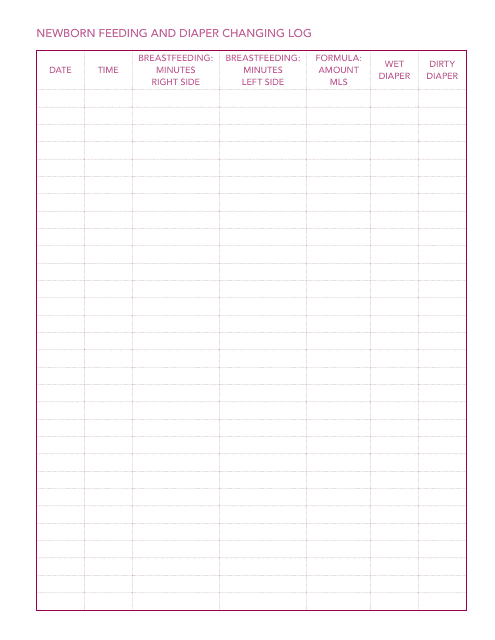Free Growth and Development Chart Templates
Growth and Development Chart: What Is It?
A Growth and Development Chart is a visual tool designed to demonstrate the physical and mental changes that will occur in a child. The information you find on this diagram will inform you how the kid is supposed to grow in normal developmental conditions. If the doctor examines the baby and discovers their measurements are significantly different from the norm, they will give recommendations regarding nutrition or additional health screening to prevent issues from manifesting now or later.
Pediatricians and parents should take advantage of this instrument - keep track of the physical and mental development of the kid compared to the average statistics compiled to illustrate how children of the same gender and age grow and you will have an opportunity to notice early signs of medical problems you would otherwise miss.
For a full list of Growth and Development Chart templates please check out our library below.
In many cases, the Normal Growth and Development Chart looks like a graph that shows the percentile curves related to several measurements - height, weight, and head circumference. There are different diagrams available for boys and girls, and they are often accompanied by illustrations and descriptions of child development stages and milestones expected from kids that belong to the same age period.
A tool of this kind frequently lists the motor skills and cognitive development the parents should keep an eye on to make sure the child is developing in a healthy way. Quite often, a Child Development Chart will list the experiences and abilities a child usually masters at a certain operational stage - for instance, they will learn the concept of physical safety, figure out how to do things independently, and discover creative skills that will boost their brain function.
Haven't found the template you're looking for? Take a look at the related templates below:
Documents:
29
This document provides a visual representation of the various stages of child development, including physical, cognitive, and emotional milestones. It can help parents and caregivers track their child's progress and identify any areas that might need additional support or attention.
This document provides a chart outlining the typical developmental milestones that babies achieve in different areas such as motor skills, communication, and social interactions. It serves as a helpful reference for parents and caregivers to track their baby's growth and development.
This document provides a typical child development chart to track a child's progress in various areas of development such as physical, social, and cognitive skills. It helps parents and professionals understand and monitor a child's growth and development.
This document describes E. Erickson's Stages of Development Chart, which outlines the various stages of human development proposed by psychologist Erik Erikson. It provides a visual representation of the stages and their associated psychosocial conflicts, helping to understand the different tasks and challenges individuals face at each stage of life.
This type of document is a tool used to observe and assess the severity of symptoms in infants aged 0-11 months. It helps track the development and well-being of young children.
This form is used for observing and assessing the severity of behavioral and developmental issues in children between the ages of 5 and 12 while they are at school. It helps professionals evaluate and address any concerns in order to support the child's well-being and academic success.
This document is a tool for evaluating and measuring the observation and severity of issues in teenagers aged 13-18 years. It helps assess and track their physical, emotional, and behavioral development.
This document provides a chart to track the early development milestones of a child. It includes physical, cognitive, and social-emotional milestones to help parents and caregivers monitor their child's progress.
This document is a chart that tracks the health and development of children from birth to 6 years old. It provides important information for parents, caregivers, and healthcare professionals.
This document highlights Erikson's Psycho-Social Stages of Development Chart, which outlines the various stages of human development and the associated psychological conflicts that individuals may encounter. It provides a comprehensive understanding of the different stages throughout a person's life and can be used as a reference for professionals in the field of psychology or individuals interested in personal growth and self-awareness.
This document provides a summary chart of Erikson's psychosocial stages. It outlines the different stages of human development and the associated tasks and challenges at each stage.
This document provides a child development chart as part of the Iowa Casa pre-service training module. It offers valuable information on the different stages of child development.
This document provides a chart that outlines the normal developmental behaviors of children, helping parents and caregivers understand what to expect at different ages and stages of a child's growth.
This document is a child's growth chart that is available in both English and Spanish. It helps track a child's physical development over time.
This document outlines the key milestones in a child's development, including physical, cognitive, and social skills. It serves as a guide for parents and caregivers to track their child's progress.
This document provides a chart that shows the different stages of human development, from infancy to adulthood. It serves as a useful reference for understanding and tracking key milestones in physical, cognitive, and emotional growth.
This document provides a schedule or guide for nursing mothers, detailing when and how often to breastfeed infants, including indicators of proper nutrition and infant growth.
This document is a growth chart specifically for boys, which tracks their height, weight, and other growth milestones over time. It can be used by parents, healthcare professionals, and educators to monitor a boy's growth and development.
This document provides percentiles and mean in days and months for six gross motor milestones.
This document is a chart used in NHS Scotland to assess and monitor the health status of pediatric patients. It helps healthcare professionals track vital signs and identify any potential deterioration in a child's condition.
This document is used for recording a child's medical history and assessing their overall health and development. It includes information about the child's vaccinations, growth measurements, and any existing medical conditions or concerns.
This document provides a chart that shows the measurements of the crown rump length, which is used to estimate the gestational age of a fetus during pregnancy.
This document is designed for expectant mothers in Utah to monitor and record their baby's movements during pregnancy, assisting healthcare providers in tracking fetal health.
This document provides a week-by-week guide to the growth and development of a fetus during pregnancy. It includes details on size, weight, and organ development to help expectant parents understand the stages of fetal development.
This document provides a series of developmental checklists from birth to five years old. It helps parents and caregivers monitor the growth, behavior, and skill acquisition of children, ensuring each developmental stage is reached appropriately.
This document provides a chart used to track the normal growth and development milestones for children in the pediatric age group. It helps parents and healthcare professionals monitor a child's progress and identify any potential issues.
This document provides a comprehensive list of signs, symptoms, and behavioral indicators typically associated with autism spectrum disorder in girls. Useful for parents, teachers, and healthcare professionals to recognize early signs and initiate appropriate interventions.
This document provides a comprehensive guide for babysitters catering to children between 5 to 24 months. It includes baby care instructions, feeding and sleeping schedules, emergency contact information, and activity suggestions.

